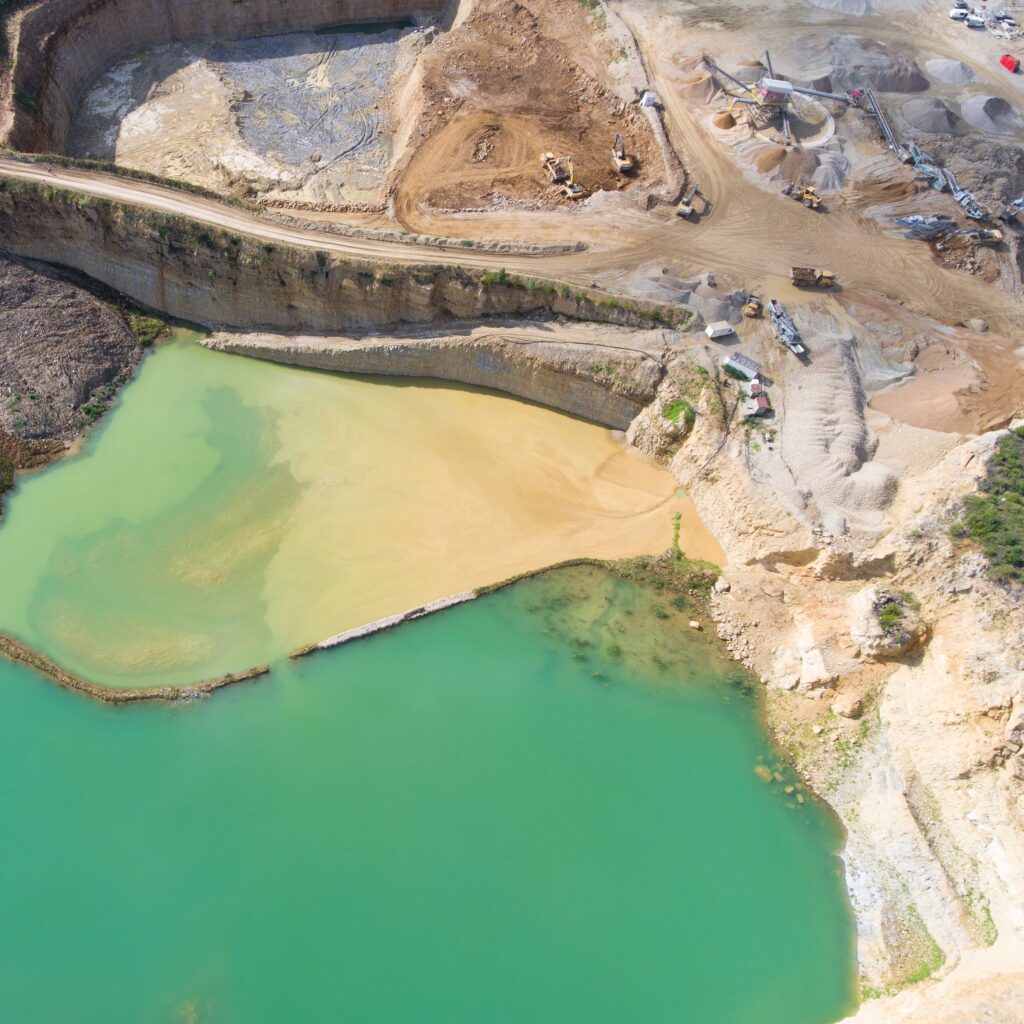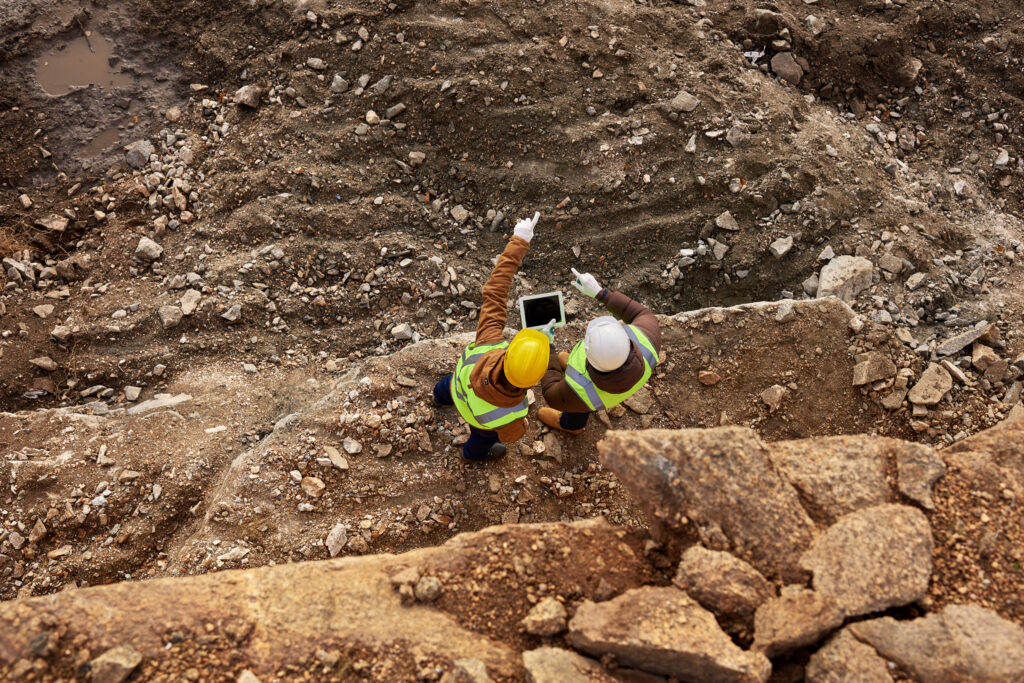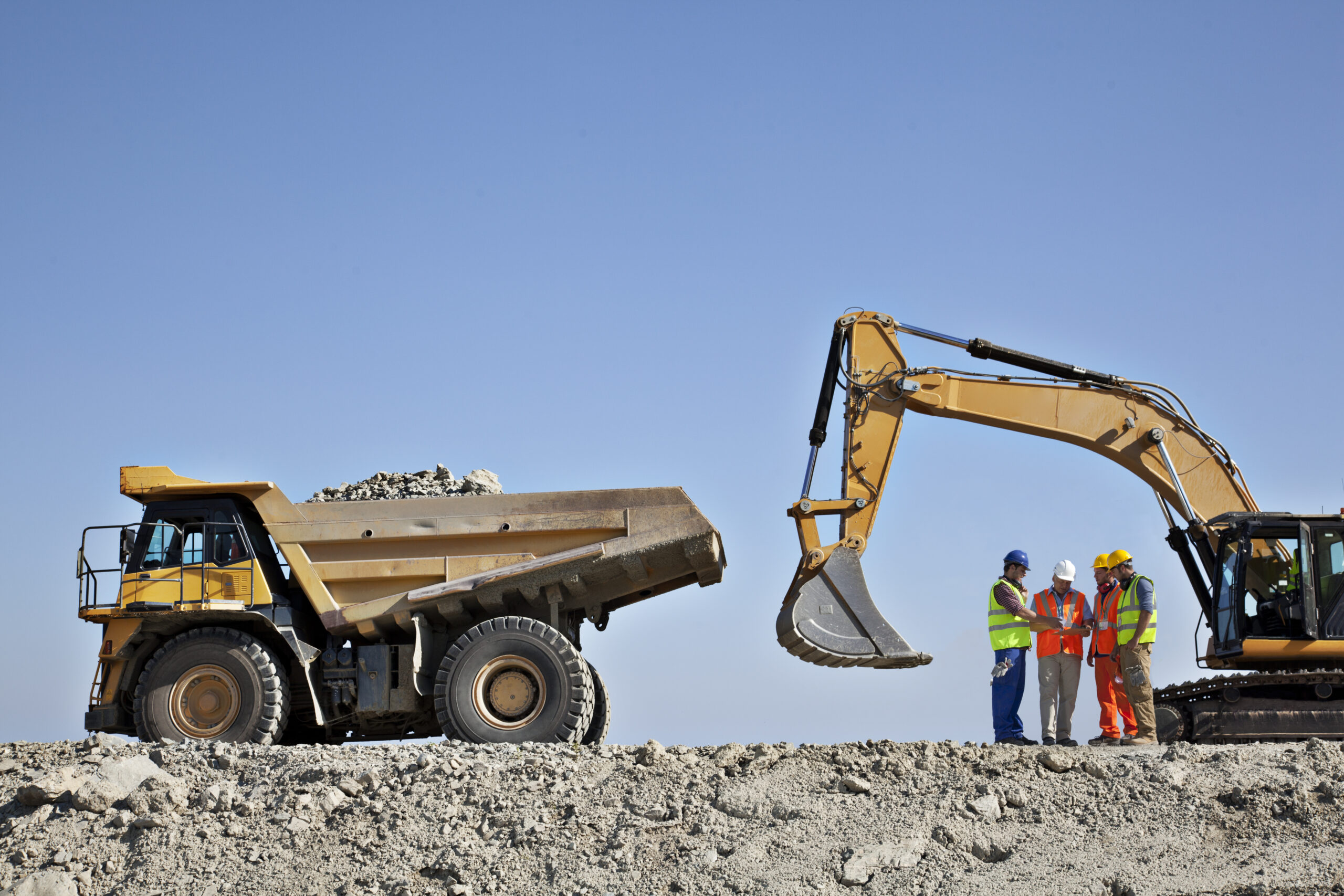Workers and businesses in Western Australia (WA) will face the biggest overhaul to workplace health and safety law in three decades on 31 March 2022.
If you operate a business in Western Australia or have sub-contractors or even paid volunteers working for your business, the new laws apply to you.
The new Work Health and Safety (WHS) Act 2020 replaces WA’s existing Occupational Safety and Health Act 1984 and parts of some other legislation, including the Mines Safety and Inspection Act 1994 and the Petroleum and Geothermal Energy Resources Act 1967.
For the first time, workplace health and safety requirements for all workplaces in WA – general industry, mines and petroleum – will fall under one Act, with separate regulations to assist businesses with their safety obligations.
The change will also bring Western Australia into alignment with other States and Territories, except Victoria, meaning those with nation-wide operations will have more streamlined health and safety obligations.
What are the key changes?
New provisions under the WHS Act 2020 strengthen protections for workers and extend the obligations and responsibilities of businesses.
Headline changes include:
- Increased penalties – All penalties have increased, with industrial manslaughter laws jumping from a maximum penalty of 5 years imprisonment and a $550,000 fine to 20 years’ imprisonment and a $5 million fine for an individual and a maximum $10 million fine for a body corporate. Changes to industrial manslaughter provisions also mean prosecutors no longer have to convict a company to be able to convict an individual company officer of manslaughter.
- Greater due diligence – Senior decision-makers, including Board members and other ‘officers’ who make or influence significant financial or operational decisions, must demonstrate due diligence in relation to the laws. If these obligations are not met officers can be prosecuted, even if an incident hasn’t occurred.
- No option to insure against penalties – Taking out insurance to cover WHS penalties is an offence under the Act (although insurance may be used to cover the cost of legal fees).
- Expanded definitions for workers and employers – ‘Workers’ covered under the Act include casuals, contractors, paid volunteers and more, recognising modern work relationships such as sub-contracting and gig economy workers. The Act also introduces the term ‘person conducting a business undertaking’ (PCBU), which covers a diversity of organisations including corporations, associations, sole traders, local government councils and even volunteer organisations. Under the Act, all PCBU’s must take reasonable precautions to protect the health, safety and welfare of workers and others put at risk from the work it carries out.
- Inclusion of mental health and wellbeing – Reflecting the social obligations and expectations of today’s communities, mental health and wellbeing is considered alongside physical safety under the Act.
When it comes to unions and WHS matters, however, Western Australia’s existing system of union workplace entry permits (provided under the Industrial Relations Act 1979) will continue to apply.
How can businesses prepare?
As well as obvious reviews and updates to policies and procedures, businesses need to be prepared to demonstrate they have exercised due diligence to protect the health and safety of workers and others who may be affected by business activities.
Businesses can prepare to achieve this by:
- Briefing Board members and management and sharing information about the WHS Act 2020
- Reviewing existing OHS information, programs and activities
- Updating hazard and risk registers
- Ensuring processes are in place to receive and consider information regarding risk
- Reviewing personnel dedicated to WHS duties to ensure they are sufficient in the eyes of the law
- Taking proactive steps to ensure suitable safe work systems, resources and processes are in place, which are working well and comply with requirements under the new Act.
When it comes to tracking, monitoring and reporting compliance under the WHS Act, software can make a huge difference for businesses grappling with the new, or even existing, WHS obligations.
Software can not only help to track risks, incidents and issues management activities, it can provide a central source of truth that can demonstrate due diligence has been taken – all at the click of a button.
A good WHS software solution can record when workers have been trained and inducted; when corrective actions have been taken in relation to a risk or incident; and where risks have been considered and managed.
The best systems even have ways for staff to record risks and monitor how the risk is managed.
How WHS software can help
At the same time, good software gives management vital WHS oversight. It provides a compliance record and a WHS snapshot of your business at any given time.
INX Software offers all this and more. A single platform captures both OHS and EHS information, as well as worker training education and training and site access records – providing a holistic view of people and your workplace in one.
Our solution aims to keep workers safe and help businesses achieve compliance in an every changing legislative and workplace standards environment, especially for high-risk and complex operations.
Learn more about the WHS Act and view industry presentations on the Department of Mines, Industry Regulation and Safety website.














